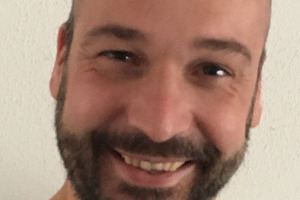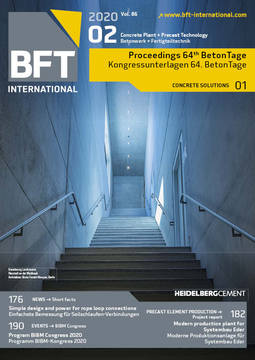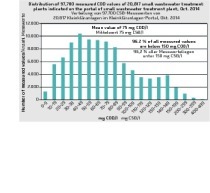Dealing with operational malfunctions
Approximately 10 % of the population in Germany is not connected to a communal sewer system and/or to a central sewage treatment plant. They must therefore implement decentral sewage treatment themselves: i.e., in the form of so-called small wastewater treatment systems, which serve a population of up to 50. These are used where, in accordance with the wastewater concept of communities and administrative districts, no connection to a public system is planned in the near future (within approx. 10 to 20 years).
For those concerned it means not only that they have to buy their own treatment plant and to bury it in the ground – but also that they must have inspections conducted at regular intervals and that they must commission a specialized maintenance company for small treatment plants. Such companies should also know how to handle malfunctions. The last-mentioned criterion is doubtlessly important in choosing a maintenance company.
Whether such companies detect technical, biological or chemical malfunctions within their scope of maintenance depends to a large extent on the technical and professional qualification of the maintenance technician. Technical malfunctions – such as blockages, accumulation of sludge in/on plant components, defective magnetic values or control relays – are among the minor malfunctions encountered. Recognizing and eliminating biological and chemical malfunctions are much more complex and require long years of qualified and thorough training and experience in the various specialized fields of supply and disposal.
Since 99 % of wastewater treatment takes place with bacteria, the biochemical processes as well as the basic conditions for an optimal climate in the biology should be known in order to take appropriate action. Chemical malfunctions such as concrete corrosion on the tank can, in the long term, lead to greater problems than technical or biological malfunctions. The professional experience required for recognizing and, if necessary, taking remedial action should not be underestimated. For more information I would like to invite you to attend my presentation entitled “Operational malfunctions in small wastewater treatment systems.”




